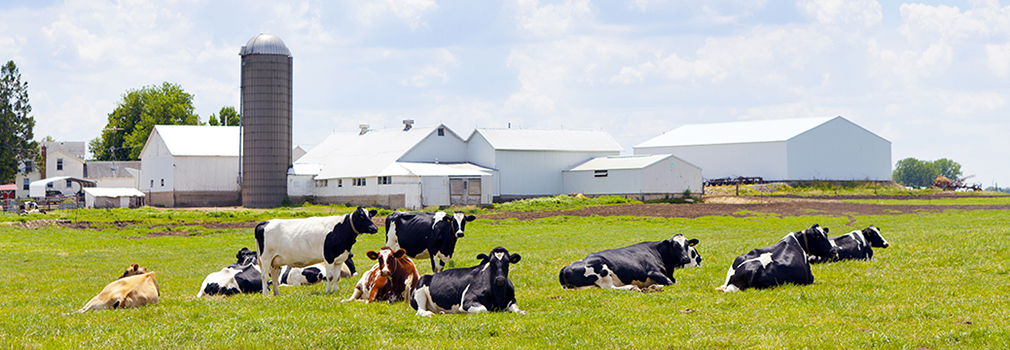Powering the future of farming

While many consider farming a traditional process, today’s farmers are leveraging all sorts of new ideas, along with energy efficiency technology, to stay competitive in a worldwide marketplace.
Stop by a Wisconsin dairy farm, and you may not recognize it. Cow barns may have carousels. Robotic feeding and milking devices make things safer and more productive for people and animals. More fans and clean surroundings help cows be calmer and more comfortable – producing more milk and milk of better quality.
New technology can also mean new energy-efficiency opportunities, such as:
- Variable Frequency Drives, which help pumps, valves and other fluid-based devices operate with greater electric efficiency to lower operational costs.
- LED Lighting, which provides options that can offer brighter, safer coverage in buildings. Plus, LEDs can be 70% more energy efficient and last 10 to 20 times longer than traditional lighting.
Xcel Energy is helping farmers in other ways, as well. Those efforts include:
- Farm Rewiring - Just like infrastructure, farm operations require updates. Xcel Energy’s Farm Rewiring Program answers this issue with clear benefits, such as safer operation of equipment, improved energy efficiency and compliance with electrical codes. And now, Xcel Energy is offering up to $20,000 grants toward eligible dairy projects and up to $10,000 for non-dairy projects.
- Agriculture and Farm Rebates - Farmers can earn rebates for the tune-up of specific existing equipment or the purchase and installation of new equipment. With efficiency updates, each premise can receive incentives up to $4,000 per year.
- Stray Voltage - Stray Voltage is a small amount of voltage between two points that comes into contact with an animal to form a complete electrical circuit. Xcel Energy is committed to the well-being of Wisconsin farmers’ animals. Trained electricians and engineers will provide a comprehensive stray-voltage test by knowing where and what to measure, and having the equipment and expertise to solve the issue.
Did you know 90% of Wisconsin milk is processed into cheese, and 90% of that is sold outside of Wisconsin? Also, 50% of all specialty cheese sold in the United States comes from Wisconsin.
Specialty cheeses are produced with less mechanization than mass-produced varieties, and are created in smaller amounts with greater attention to flavor and texture. These specialized Wisconsin creamers and cheesemakers are pipelines for niche products in the United States and globally.
And it all starts on Wisconsin dairy farms. Discover more about the Xcel Energy programs, rebates and incentives available to help farms thrive.


